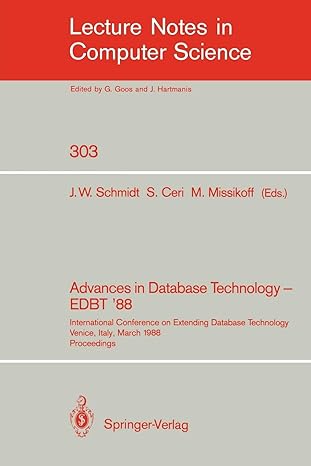Question
;;;;; Q1: Don't forget to document your program ; Name: ;;;;;;;;;;;;;;;;;;;;;;;;;;;;;;;;;;;;;;;;;;;;;;;;;;;;;;;;;;;;;;;;;;;;;;;;;;;;;;;;;;; ;;;;;; ;;;;; Answer each question below by writing code at the APPROPRIATE places in
;;;;; Q1: Don't forget to document your program ; Name: ;;;;;;;;;;;;;;;;;;;;;;;;;;;;;;;;;;;;;;;;;;;;;;;;;;;;;;;;;;;;;;;;;;;;;;;;;;;;;;;;;;; ;;;;;; ;;;;; Answer each question below by writing code at the APPROPRIATE places in the file. ;;;;; Hint: the appropriate place is not always right below the question. ;;;;; Q2: Write the directive to bring in the IO library ;;;;; Q3: Create a constant called MAX and initialize it to 120 ;;;;; Q4: Create a constant called MIN and intialize it to 25% of MAX by using an ;;;;; integer expression constant (use the constant MAX and not the number 120) ;;;;; Q5: Define an array of 20 signed doublewords, use any array name you like. ;;;;; Initialize: ;;;;; - the 1st element to -150 ;;;;; - the 2nd element to the hexadecimal value A2F ;;;;; - the 3rd element to the binary value 10100 ;;;;; - the 4th element to MAX (from Q3). Use the constant MAX, not 120. ;;;;; and leave the rest of the array uninitialized. ;;;;; Q6. Define the string "Num = ", use any variable name you like. ;;;;; Q7. Define a prompt that asks the user for a number. ;;;;; Q8. Write code to store the value of MIN into eax, then print the value ;;;;; to screen. ;;;;; Use the string you defined in Q6 as the text explanation for your output. ;;;;; Q9. Write code to prompt the user for a number, using the prompt string that ;;;;; you defined in Q7. ;;;;; Q10. Write code to read in the user input, which you can assume is always ;;;;; a positive number. Hint: use the correct library routine for positive number. ;;;;; Q11. Write code to print "Num = " and then echo to screen the user input. ;;;;; Q12. Write code to print "Num = " and then print the first element of the ;;;;; array defined in Q5. ;;;;; Q13. Build, run, and debug your code. ;;;;; Your output should be similar to this (without the commented explanation): ;;;;; Num = 30 ; printing MIN ;;;;; Enter a positive number: 7 ; prompt the user for a number and read it in ;;;;; Num = 7 ; echo user input ;;;;; Num = -150 ; print first element of array ;;;;; Press any key to continue . . . ;;;;; Q14. At the end of the source file, without using semicolons (;), add a
comment block ;;;;; to show the 8 bytes of bigData in memory by copying them from the Debug- >Memory ;;;;; window. ;;;;; Then explain why the 8 bytes don't look the same as how bigData is defined. ;;;;;;;;;;;;;;;;;;;;;;;;;;;;;;;;;;;;;;;;;;;;;;;;;;;;;;;;;;;;;;;;;;;;;;;;;;;;;;;;;;; ;;;;;;;;;;;;;;;;;; .data bigData QWORD 0abcdef0123456789h ; same bigData value as last lab .code main PROC exit main ENDP END main
Step by Step Solution
There are 3 Steps involved in it
Step: 1

Get Instant Access to Expert-Tailored Solutions
See step-by-step solutions with expert insights and AI powered tools for academic success
Step: 2

Step: 3

Ace Your Homework with AI
Get the answers you need in no time with our AI-driven, step-by-step assistance
Get Started


